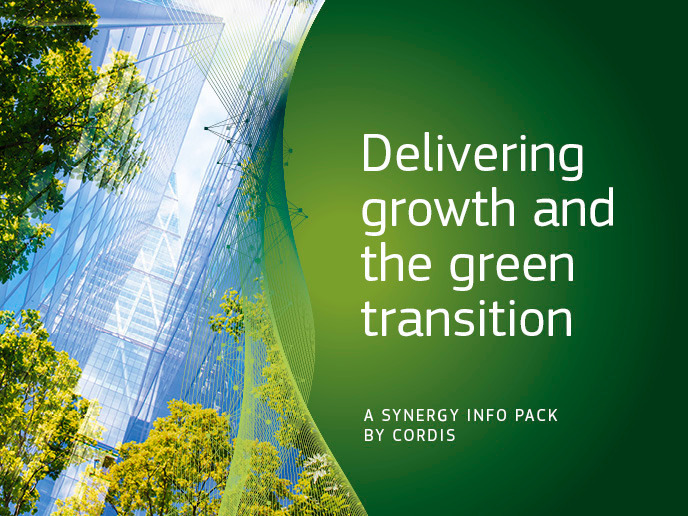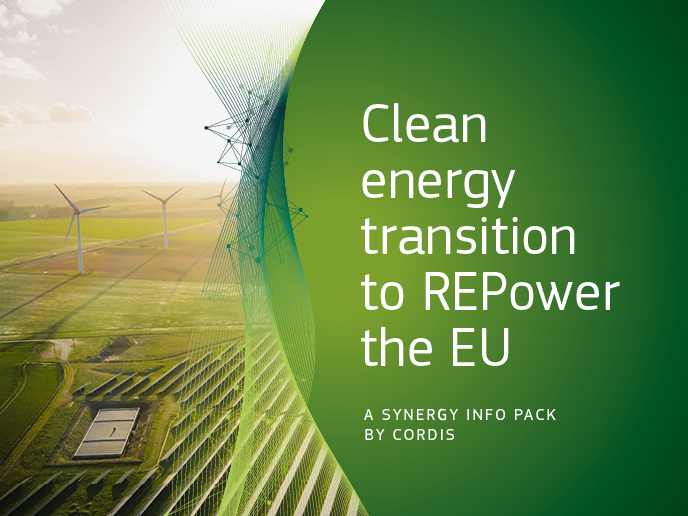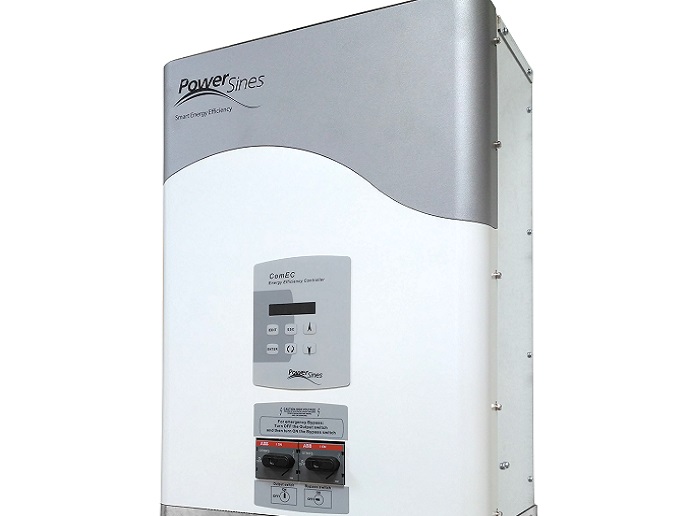Rethinking biomethane injection into the grid
The key advantage that biomethane has over natural gas is that it is substantially more environmentally friendly. In fact, biomethane produces 92 % less greenhouse gas than natural gas. That is why biomethane is often fed directly from the production plant into the gas grid. However, without proper feed-in management (FIM), the production plant may need to operate 20-30 % below capacity. FIM is a system that controls the amount of energy that an energy system feeds into the grid. In a traditional biomethane system, the biomethane plant injects gas into the energy network at a fixed rate. This means that the amount of energy put into the grid cannot be adjusted based on demand. So, at night, when energy demand tends to be low, the biomethane plant will inject more gas into the system than is needed. To avoid putting too much pressure on the pipeline, this gas must be released (i.e. wasted). One way of overcoming this problem is to feed the biomethane back into the high-pressure system during times of overcapacity. Unfortunately, doing so requires additional – and expensive – infrastructure, making it economically unviable. A more cost-effective solution is to use the network as a short-term storage place, or reservoir, for additional gas – the focus of the EU-funded SmartGasGrid project. “As countries seek to decarbonise heat, the injection of renewable gas into the network is going to grow massively over the coming decades,” says Adam Kingdon, Utonomy Limited(opens in new window) CEO and SmartGasGrid project coordinator. “In light of this, the renewable gas industry needs the ability to inject capacity during times of low demand, and Utonomy is developing exactly such a solution.”
An innovative FIM solution
Utonomy’s FIM solution uses an intelligent controller that communicates with a cloud-based data platform via the mobile phone network. Setpoints are calculated based on seasonal demand, historical data and projected demand using such factors as weather forecasts and temperature. The pressure regulators in the network are then adjusted via the actuator – a key component of the Utonomy system. “It wasn’t possible to increase the power of the actuator drive motors due to safety requirements,” explains Kingdon. “However, we were able to modify the design in a number of innovative ways that allow us to control higher network pressures.”
Transitioning towards renewable energy
During the project, Utonomy worked with three UK networks to explore how the SmartGasGrid system can be used to increase the injection of biomethane gas into a network. This work led to the development of various technologies that, according to Kingdon, will enable larger quantities of biomethane and other renewable gases to be injected into the network. “Continuous control means that gas pressure can be continually optimised, ensuring sufficient headroom to accommodate maximum biomethane feed-in and thus allowing the biomethane plant to achieve its maximum potential,” says Kingdon. “This will significantly contribute to the transition towards renewable energy and the decarbonisation of heat.” With the project now finished, Utonomy is turning its attention to conducting in-field testing of the system.







